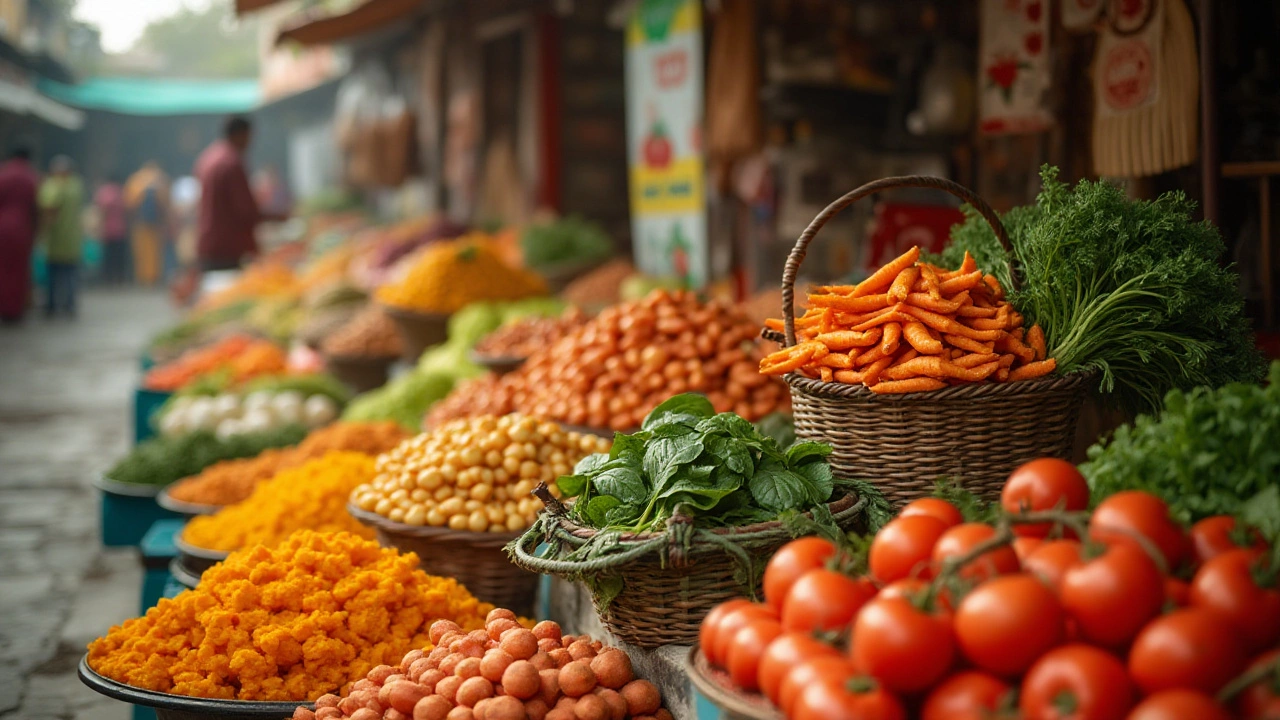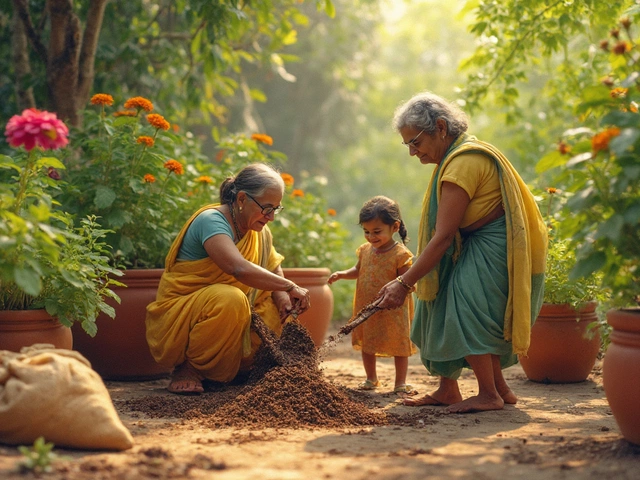Healthy Alternatives Every Gardener Should Try
Want a garden that’s thriving without loading up on chemicals or wasting water? You’re not alone. Many of us are looking for ways to keep plants happy while staying kind to the planet. Below are easy swaps you can start using right now.
Swap the Sprayer: Natural Pest Control
Instead of reaching for a synthetic pesticide, try household items that pests hate. A spray of diluted neem oil or a garlic‑pepper mix can keep aphids at bay. For larger infestations, companion planting works wonders—plant marigolds next to tomatoes or basil near peppers to deter bugs naturally. These tricks save money and keep your soil healthier.
Save Water with Smarter Irrigation
Ever wonder why drip irrigation feels pricey? The upfront cost pays off when you bury the lines at the right depth—usually 2‑3 inches for most Indian soils. This protects the tubing from sun and pests, delivering water directly to roots. If you’re on a tight budget, start with drip tape on a few rows; it’s cheaper than a full‑blown system but still reduces evaporation compared to sprinklers.
Another quick win is letting tap water sit for a few hours before using it on houseplants. This lets chlorine evaporate, preventing leaf burn. Combine that with a simple rain barrel to harvest runoff, and you’ll cut your water bill dramatically.
What about kitchen waste? Coffee grounds are a popular mulch, but not all plants love them. Use grounds around roses, azaleas, or blueberries, but skip them for carrots and lettuce. Pair this with zero‑waste fruits—peel mangoes or oranges and dry the skins for a natural fertilizer boost.
When it comes to soil, heavy clay can choke roots. Lighten it up by mixing in coarse sand, compost, or even shredded newspaper. This improves drainage and lets roots breathe, leading to stronger growth without synthetic soil conditioners.
Thinking bigger? Transform your yard into an eco‑friendly space. Plant native grasses that need less water, set up a small compost corner, and add a few perennials that attract pollinators. The result is a low‑maintenance garden that feeds itself year after year.
All these alternatives share one goal: healthier plants with less impact on the environment. Pick one change that feels doable—maybe switch to drip irrigation in a raised bed or start a companion‑planting experiment. Small steps add up, and before you know it, your garden will be thriving on natural, budget‑friendly solutions.

Discovering the Most Unhealthy Foods and Healthier Options in Vegetable Gardening India
In the world of vegetable gardening, particularly in India, knowing which foods to avoid for a healthy lifestyle is crucial. This article highlights the most unhealthy food choices that could potentially impact health negatively and offers insights into healthier alternatives. It explains how certain foods, despite their tempting appearances, can be harmful and provides tips for growing nourishing vegetables at home. Explore the journey of identifying food pitfalls and ways to embrace nutritious eating through gardening.
About
Vegetable Gardening
Latest Posts


Which Fruit Is the King of India? All About Growing the Mango
By Alden Thorne Apr 19, 2025

Best Topography for Growing Rice: Key Insights
By Alden Thorne Feb 21, 2025

Worm Castings: The Secret Weapon for Better Garden Soil
By Alden Thorne May 30, 2025
